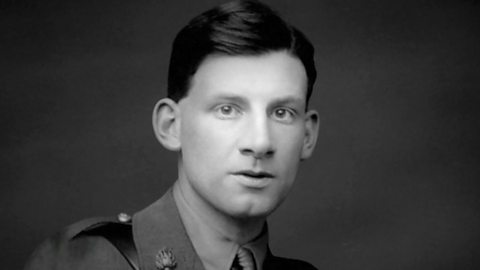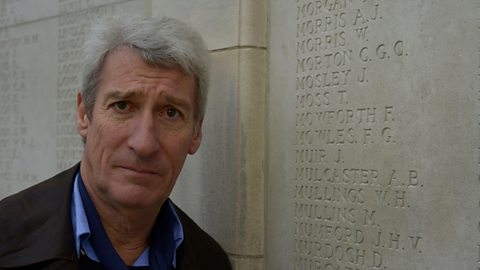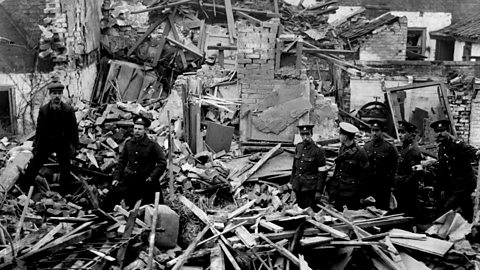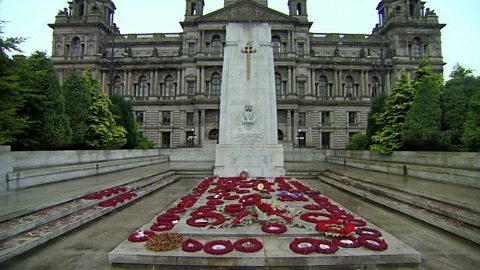Video summary
Jeremy Paxman explores how Britain reacted to the campaign by German U-boats to sink merchant shipping and starve the country into submission.
Food was rationed, farming was prioritised and millions of new allotments created.
Hundreds of thousands of new farm workers, made up of women, disabled soldiers and German prisoners of war worked the land.
Paxman visits some allotments in South London that were created in 1917.
There were queues at shops, and we hear about the introduction of rationing for the first time in British history in January 1918.
We see the amount of meat, bacon, margarine and sugar each person was allowed under the rationing system.
Teacher viewing recommended prior to use in class.
Teacher Notes
Key Stage 3:Use as a starter to show the effect of the war on civilians. Create a government DORA Defence of the Realm Act leaflet advising civilians of the new laws effecting life as a result of the war.
Key Stage 4 / GCSE:Use as part of a decision-making exercise. Rationed food items have varying points given to them and pupils have a limited value of points to use. They then must prioritise and balance their use of the points, to achieve a balanced diet.
National 5 / Higher:This overall picture of food shortages, rationing and the shared war effort could be used to introduce the 91»»±¨ Front in Scotland. What impact did shortages have on Scotland's rural and urban populations. The clip could also be used as part of a decision making exercise. Rationed food items have varying points given to them and pupils have a limited value of points to use. They then must prioritise and balance their use of the points, to achieve a balanced diet.
This clip will be relevant for teaching History. This topic appears in at KS3 in England, Wales and Northern Ireland and OCR, Edexcel, AQA and WJEC/Eduqas GCSE/KS4 in England and Wales and CCEA GCSE in Northern Ireland. It also appears in National 5 and Higher in Scotland.
How Britain declared war in WW1. video
Jeremy Paxman explores the declaration of war after Germany invaded Belgium in 1914.

Your country needs you! video
Jeremy Paxman explains Lord Kitchener's iconic recruitment PR campaign of WW1.

Crushing defeat in the first battle of WW1. video
Jeremy Paxman explores how Britain suffered defeat at the Battle of Mons.

WW1 poetry and shell shock. video
Jeremy Paxman looks at the mental health problems suffered by poet Siegfried Sassoon and soldiers in the First World War.

Treating Indian soldiers at Brighton Pavilion. video
Jeremy Paxman explains how a former royal residence became a hospital for injured soldiers in WW1.

Air raids and the bombardment of Britain in WW1. video
Jeremy Paxman explains the unprecedented bombardment of Britain in World War One.

The dangerous jobs of women in WW1. video
How women entered the workforce and took up dangerous roles to support the war effort.

How the Britain turned the tide in 1918. video
How the British workforce, the 91»»±¨ Front and the USA joined together to fight back against the German advance in 1918.

1918: the end of the war and Remembrance Day. video
Jeremy Paxman describes the end of the First World War.
